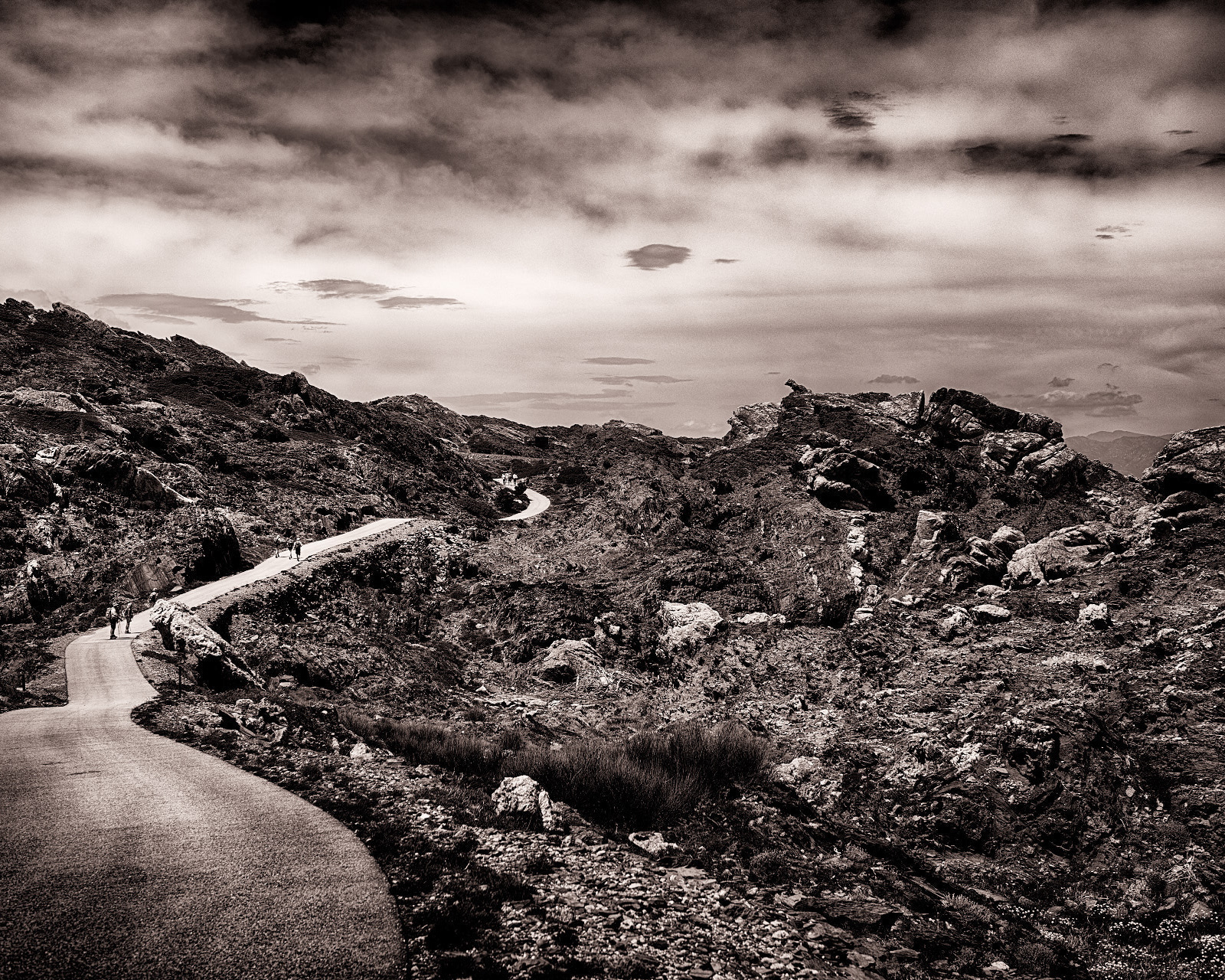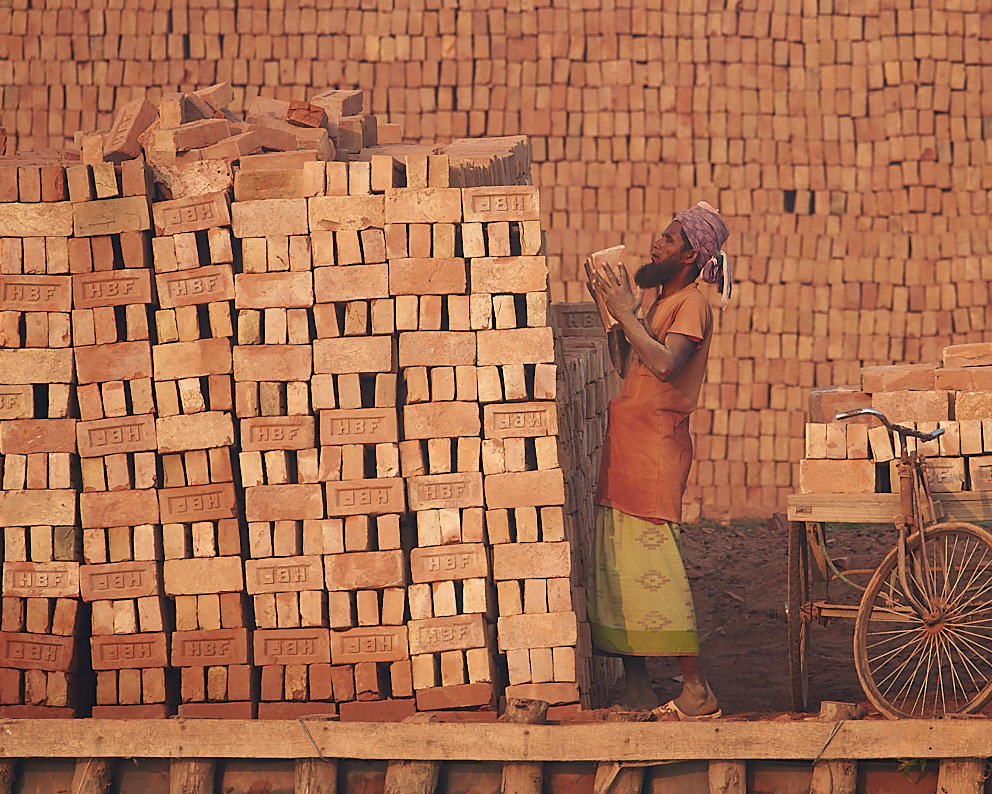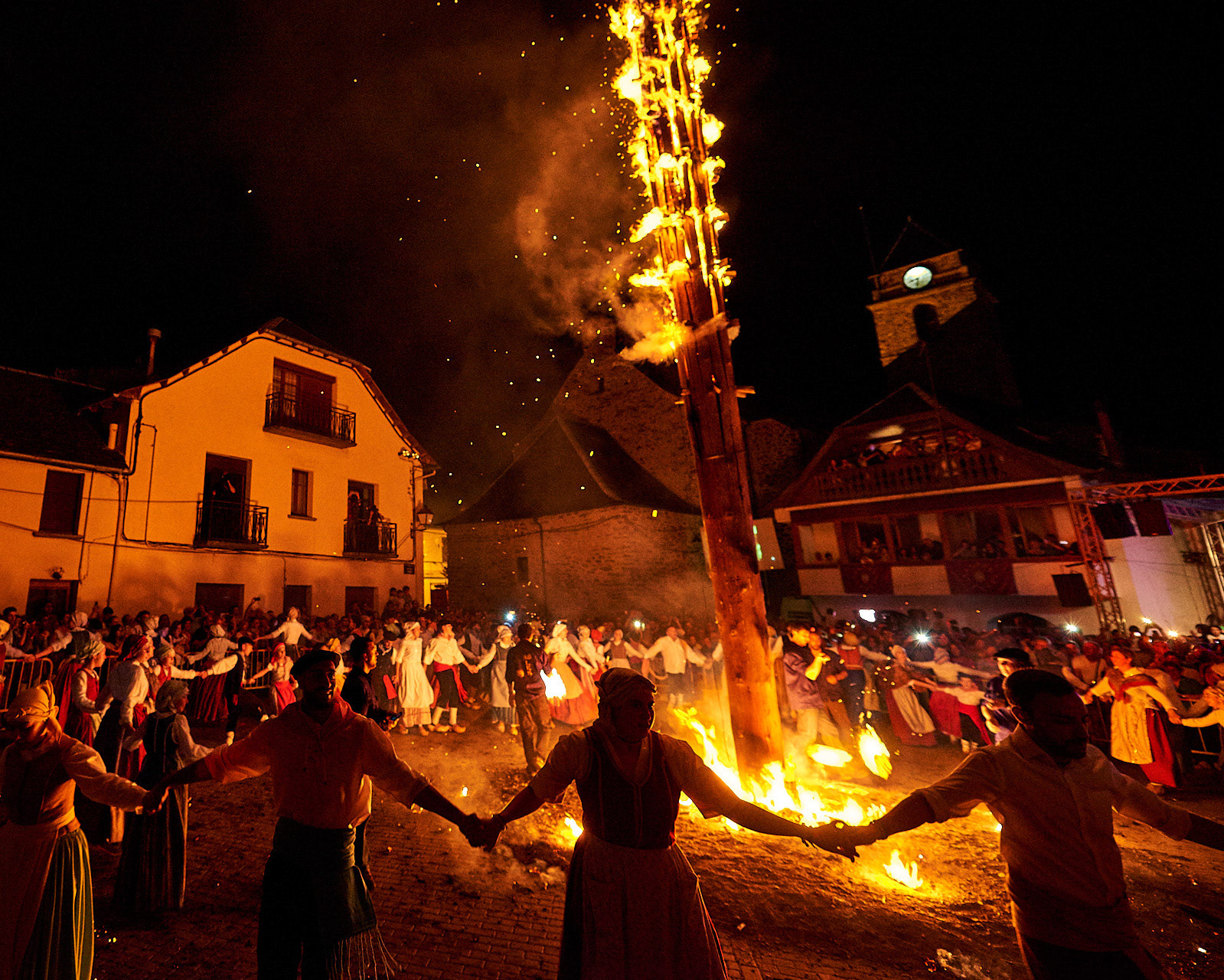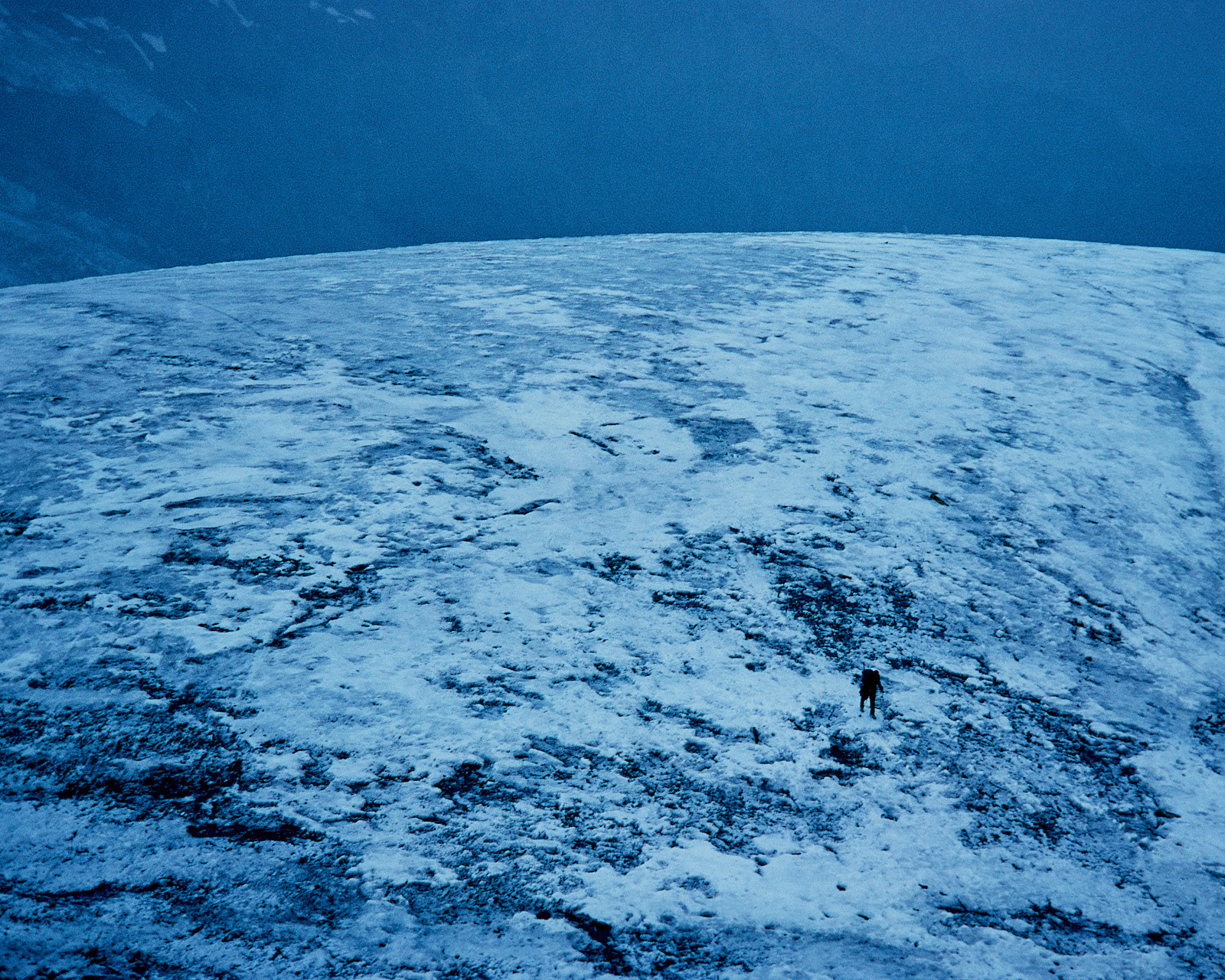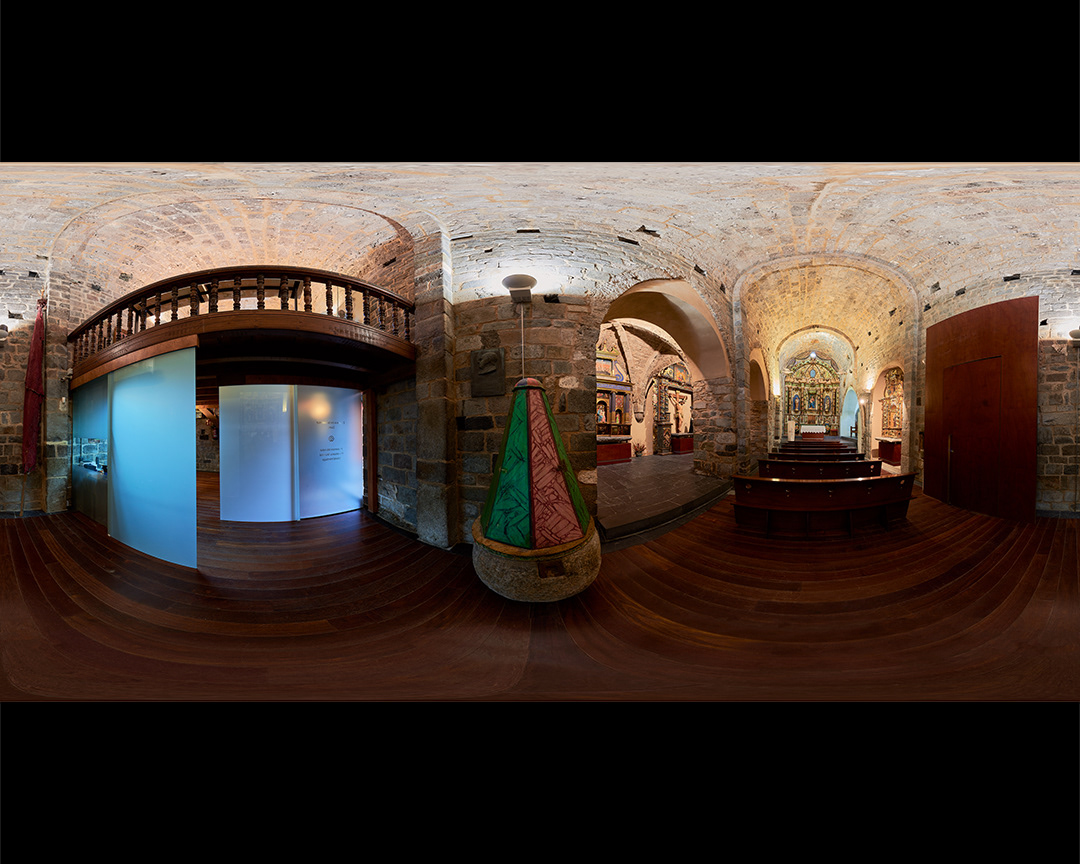“Namaste”. Sadhus are commonly found in Kathmandu’s Hindu temples, and the vast majority are Yoguis. His life is solely dedicated to achieving mokṣa (liberation from the cycle of death and rebirth), the fourth and final aśrama (stage of life), through meditation and contemplation of Brahman. Sadhus are considered dead to themselves. They may even be required to attend their own funeral before they are able to seek out a guru and begin the process of transforming into a holy man. Swayambunath Temple complex, Kathmandu (Nepal).
"Full coloured shrine". Changu Narayan Temple, also known as just ‘Changu’ or ‘Dolagiri’ and dedicated to Lord Vishnu, is said to be the oldest Hindu temple still in use. Dotted around the courtyard are a series of extraordinary carvings dating from the Licchavi era (5th to 8th centuries CE), showing Vishnu in his various avatars (incarnations). Changu Narayan Temple, Kathmandu Valley (Nepal).
"A Thamel’s shrine". The British emissary Colonel William Kirkpatrick in his An Account of the Kingdom of Nepal, wrote, "There are nearly as many temples as houses, and as many idols as inhabitants.” That might have been his general impression, but he was not far from the truth. Thamel, Kathmandu (Nepal).
“Reddish Lingam”. Across the Bagmati river from Pashupatinath, steps rise through a forest of stone lingam shrines that provide shelter for visiting Sadhus. Pashupatinath temple, one of the Holiest Temples in the World, is dedicated to Lord Shiva. Kathmandu (Nepal).
“The Golden Temple”. The magnificent Buddhist temple of Kwa Bahal and its courtyard, with entrances through a secret back doorway, on North of Durbar Square, is without any doubt one of the most fascinating and mystic places in Patan (Lalitpur), Kathmandu Valley (Nepal).
“Garuda and friend”. Under the intense monsoon rain, the ancient statue of Garuda (Vishnu’s mount and the deity's faithful man-bird servant) on top of a column keeps kneeled in front the sacred Hindu temple of Krishna Mandir. Krishna is believed to be an earthly incarnation of Vishnu; hence, images of Vishnu and Garuda, are found throughout the temple. Patan (Lalitpur) Durbar Square, Kathmandu Valley (Nepal).
"The golden ladder of the Gods". The long strips that hang from top to bottom of many Hindu temples in Nepal are known as pataka and are embroidered with Hindu religion symbols, motifs and deities. The belief is that the deities reside in the sky, and symbolically the strips are ladders from heaven for the worshipped gods and goddess to descend to earth. Buddhist temple of Kwa Bahal, Patan (Lalitpur), Kathmandu Valley (Nepal).
"Bagh Bhairab’s pataka". A long pataka strip is hung suspended from the topmost tier in Bagh Bhairab Temple, historic Hindu temple dedicated to Bagh Bhairab, an incarnation of Shiva as a tiger. These strips are only found in temples in Nepal. There are usually three strips coming down from the top of the temple to the ground level. Kirtipur, Kathmandu Valley (Nepal).
“Tham Bahil”. Vikramshila Mahavihar, Thambahil, and Simhakalpanagar are the ancient names of Bhagwan Bahal in Thamel, Kathmandu. The name Mahavihar signifies that the site is a higher teaching institute, the Buddhist equivalent of a western university; Thambahil means that it is a monastery of high significance and pride; and Simhakalpanagar denotes it as a separate city or town. The main temple is dedicated to Dipankara Buddha (Sangye Marmezay), which is one of the favorite deities in Newari Buddhism. Thamel, Kathmandu (Nepal).
"The tiny shrine”. Manikeshav Chowk, also known as Narayan Chowk Courtyard, is a monument of the harmonious coexistence of Buddhist and Hindu traditions. At the center of the square the small shrine, protected by two singha (lions), is dedicated to Keshav Vishnu, an embodiment of Lord Vishnu. You will be taken to a bygone era of Malla-era grandeur and spiritual mysticism as soon as you enter this timeless courtyard. Patan (Lalitpur) Durbar Square, Kathmandu Valley (Nepal).
“Goraknath”. Rarely people visits Gorakh Nath Temple, hided near Pottery Square, by climbing the stairs on a gentle hill. Bhaktapur, Kathmandu Valley (Nepal).
“Enlightenment”. The posture of this Buddha is known as Calling The Earth to Witness, and it is the definition of the moment of his enlightenment. Swayambhunath temple complex, Kathmandu (Nepal).
"Evening Kora". In the Tibetan Buddhist tradition Kora is a type of meditation, performed by making a clockwise walking circumambulation around the stupa. The eyes of the Buddha in the stupa symbolize the all-seeing ability of the Buddha. Boudhanath Stupa, Kathmandu (Nepal).



